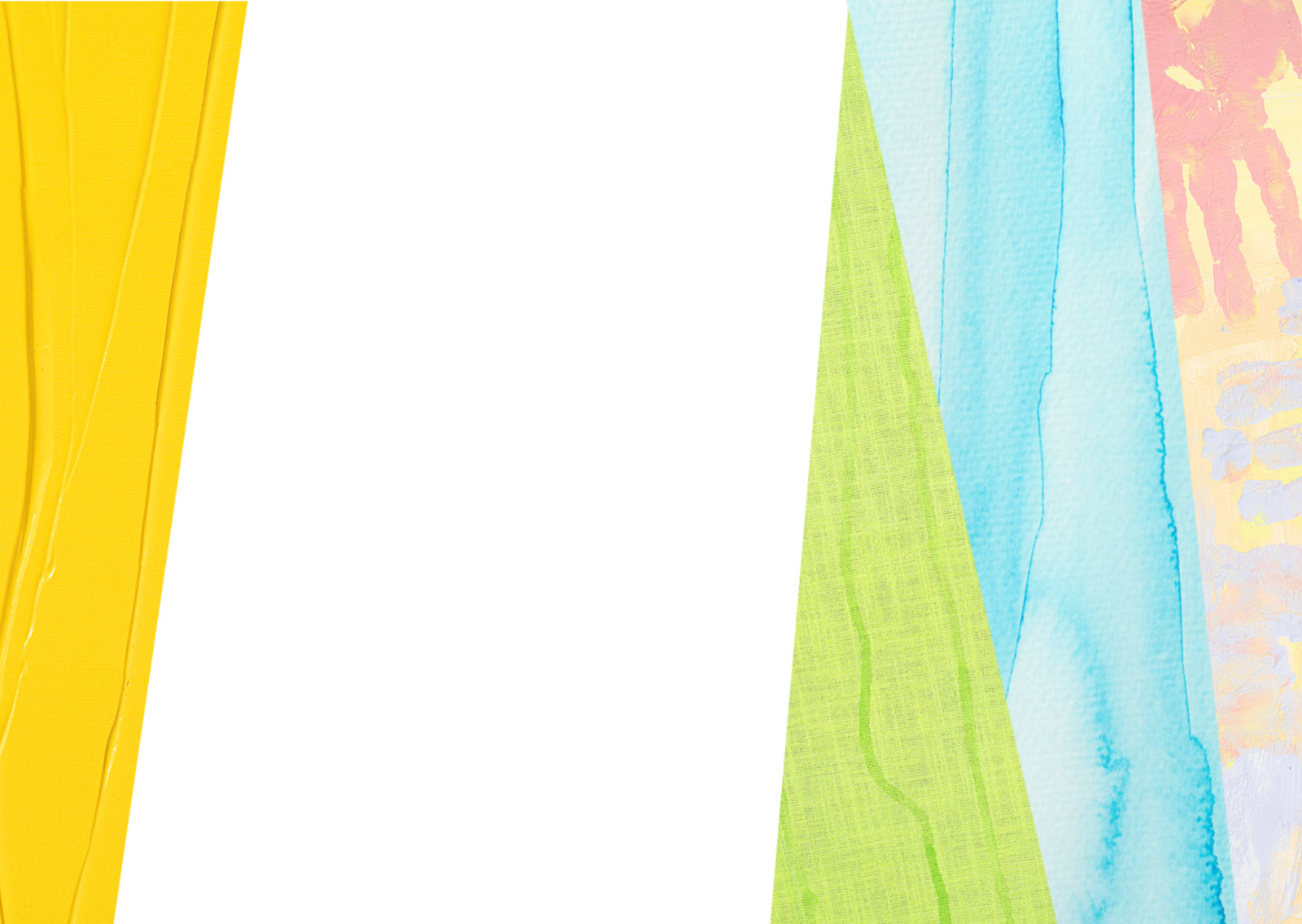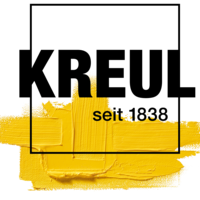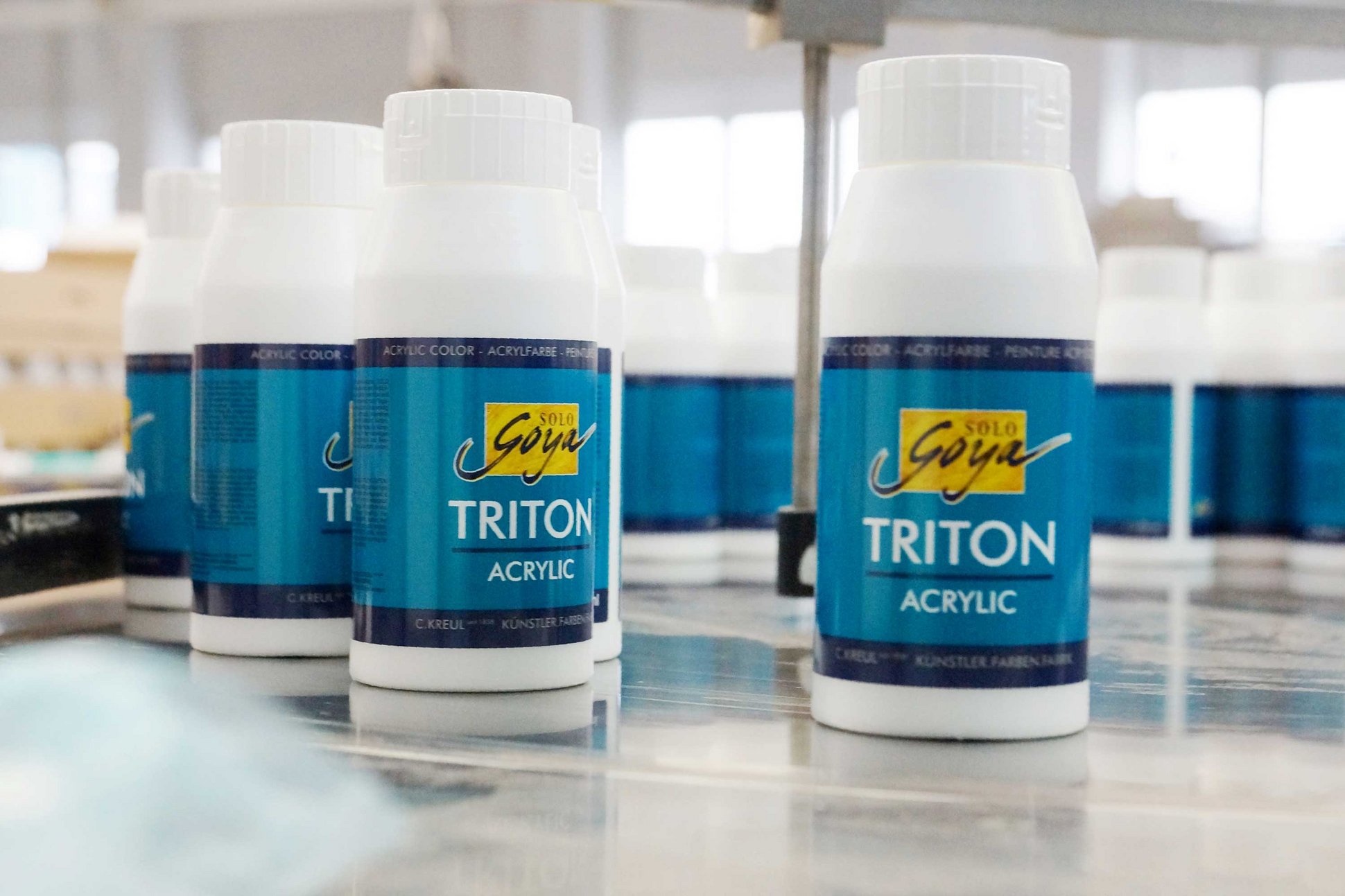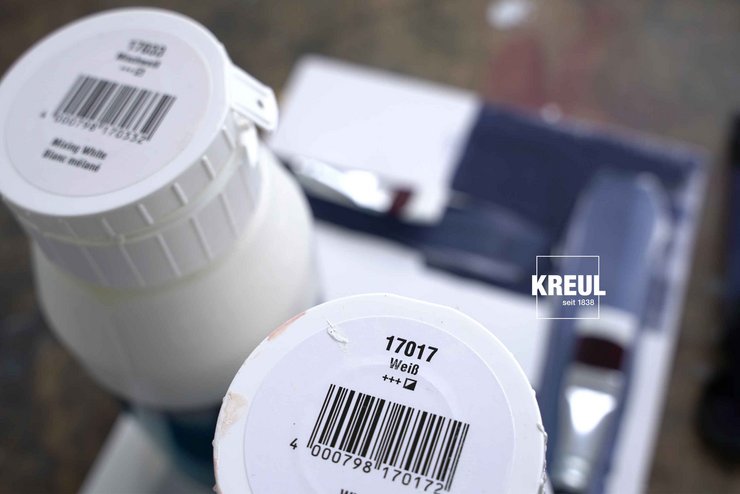
White or Mixing White: When to use which colour?
03/09/2023 |- KREUL Triton Acrylic Liquid
- Ideen für Künstler
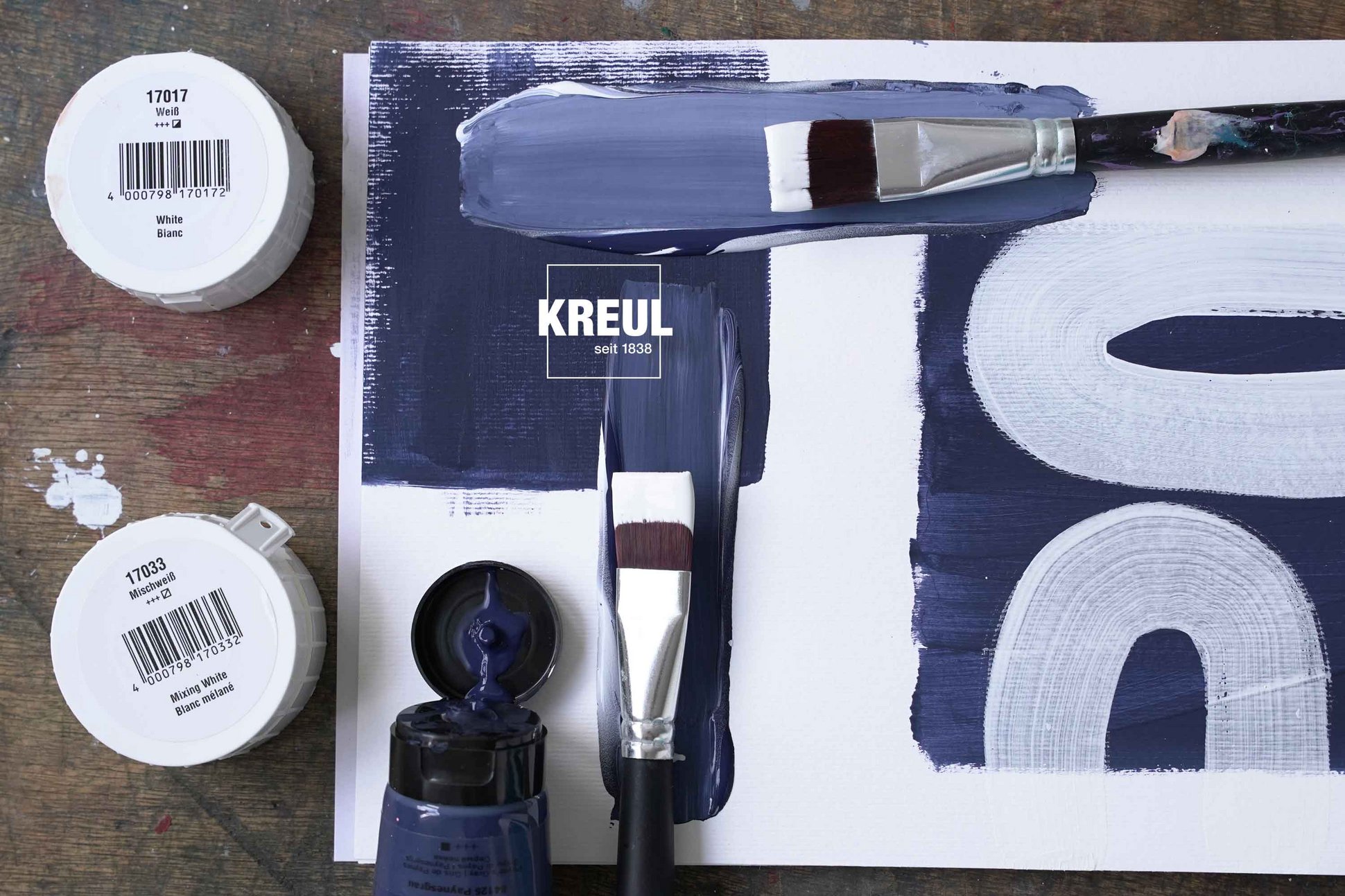
The concentration makes the difference: sometimes semi-opaque, sometimes semi-transparent
SOLO GOYA Triton Acrylic White and Mixing White differ in their coverage. White is semi-opaque while Mixing White is semi-transparent. The reason for this is their specific formulation. Both colours contain only one white pigment, and that is titanium dioxide. Mixing White contains 3.4 % titanium dioxide, while White contains twice the amount, that is 8.5 % titanium dioxide.
In this way, we produce two colours with different characteristics. SOLO GOYA Triton Acrylic White is a pure white with a relatively strong coverage and high lightening capacity. SOLO GOYA Triton Acrylic Mixing White is a warm, more transparent white, which gradually lightens colours. Colour nuance by nuance.
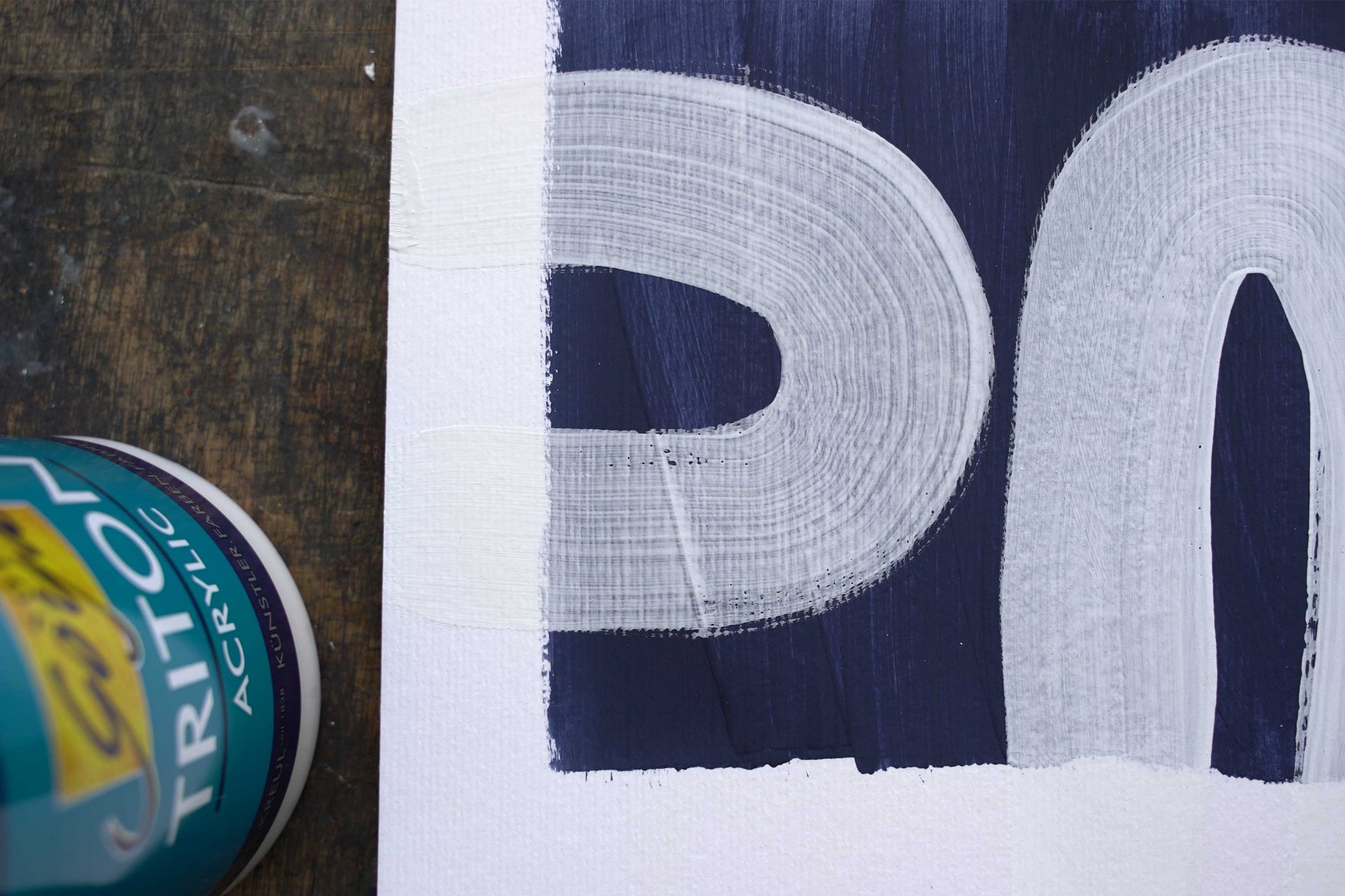
Perfect for highlights: the colour White
In acrylic painting, both whites are useful thanks to their different properties. As SOLO GOYA Triton Acrylic White has stronger coverage, making it suitable for adding spots of light.
You can use White to paint over colourful areas, even very dark areas, with relatively good coverage. In a still-life, you can use it to perfectly paint highlights and light reflexes – even at the end, when you have already composed your picture on your painting surface. After all, SOLO GOYA Triton Acrylic White is semi-opaque.
In abstract painting, you can add another layer of White for another eye-catching focus. Oops! You’ve painted too much colour and overloaded your picture? Simply go over the painted areas with White to subtly balance the composition.

Mixing White: the Number 1 for mixing different light colours
As the name implies, SOLO GOYA Triton Acrylic Mixing White is the best choice for mixing colours. You can use it to gradually lighten up colours without affecting their radiance. You can obtain different levels of lightness when you mix it bit by bit into a colour.
Can’t you use White paints to lighten colours. Certainly, but with pure white, the mixed colours appear “chalkier”, which is why it is used for mixing pastel shades.
But Mixing White isn't only for mixing. You can also use it directly in your picture. The semi-transparent colour is ideal to get gentle washes. In landscape painting, Mixing White gives you a fantastic way to gently build up a misty scene or clouds. In abstract painting, you can use Mixing White to create light areas that allow the colour underneath to shine through.
